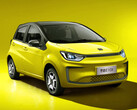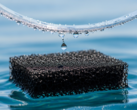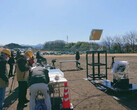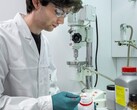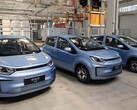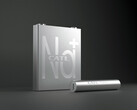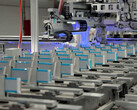After successfully launching energy storage projects with sodium-ion batteries that balance the electricity network at grid level, the first such hybrid battery undertaking has opened in China.
It features both sodium-ion and lithium cells, taking advantage of the inherent strengths of both chemistries. The energy storage project in Yunnan province offers 400 MWh capacity to store the intermittent energy from the Southern Power Grid's wind and solar parks, helping to avoid the kind of system stressing from renewables that may have led to the blackouts in Southern Europe not long ago.
The sodium-ion batteries used in the hybrid lithium-sodium ESS are supplied by HiNa, which claims that its latest high-capacity cell generation has a response speed six times faster than the typical sodium battery, an important feat when balancing the input volatility of renewables.
Energy storage projects typically only use lithium iron phosphate (LFP) batteries of the type that is in popular mobile power stations like the Anker Solix C1000. Sodium batteries, however, are much cheaper, safer, with faster output and more capacity retention at extreme temperatures, making a hybrid ESS more resilient and affordable as a result.
"It is the world's first multi-power composite sodium-ion battery energy storage system," tips HiNa, and says that a dedicated grid-level power converter tailored towards the sodium battery specifics had to be developed for the project.
The first high-capacity sodium-lithium energy storage station for grid usage took just 0.012 square miles to install and allows for 580 million kWh to go through the system annually, which equals powering 270,000 households with up to 98% renewable energy throughout the year.
The sodium-lithium ESS offers 200 MW of stable output, and its purpose is to balance the peak output volatility of over 30 wind and solar plants in the area with minute adjustments to the charging and discharge modes depending on the renewable energy input. The system has been in grid capacity trials since March, and has now been certified for operation as the first large-scale hybrid ESS with both sodium-ion and lithium batteries.






